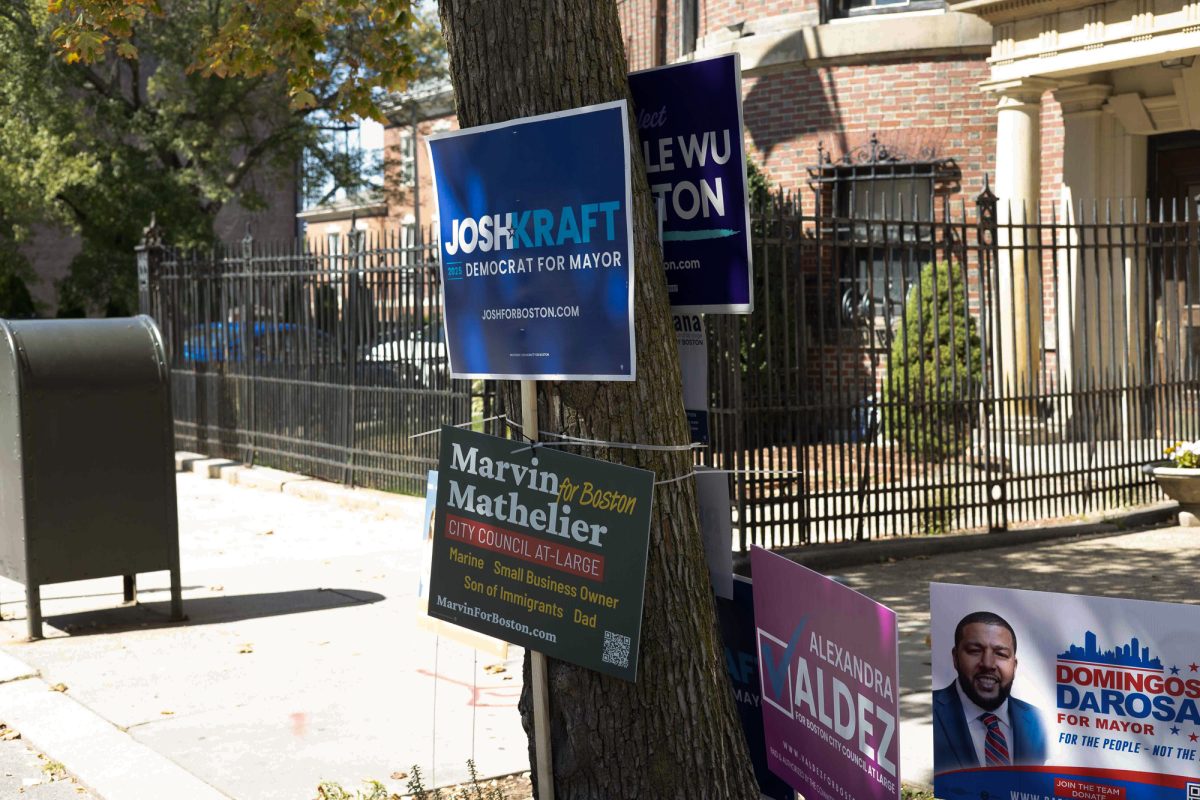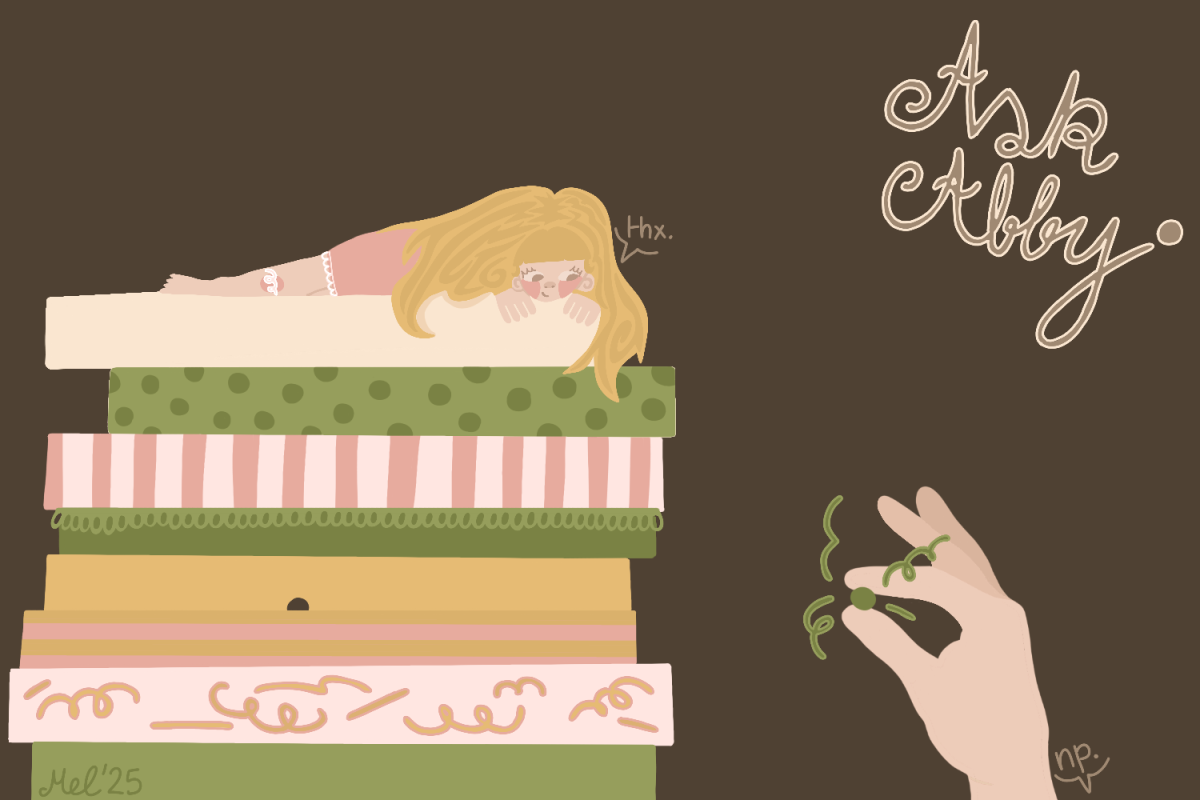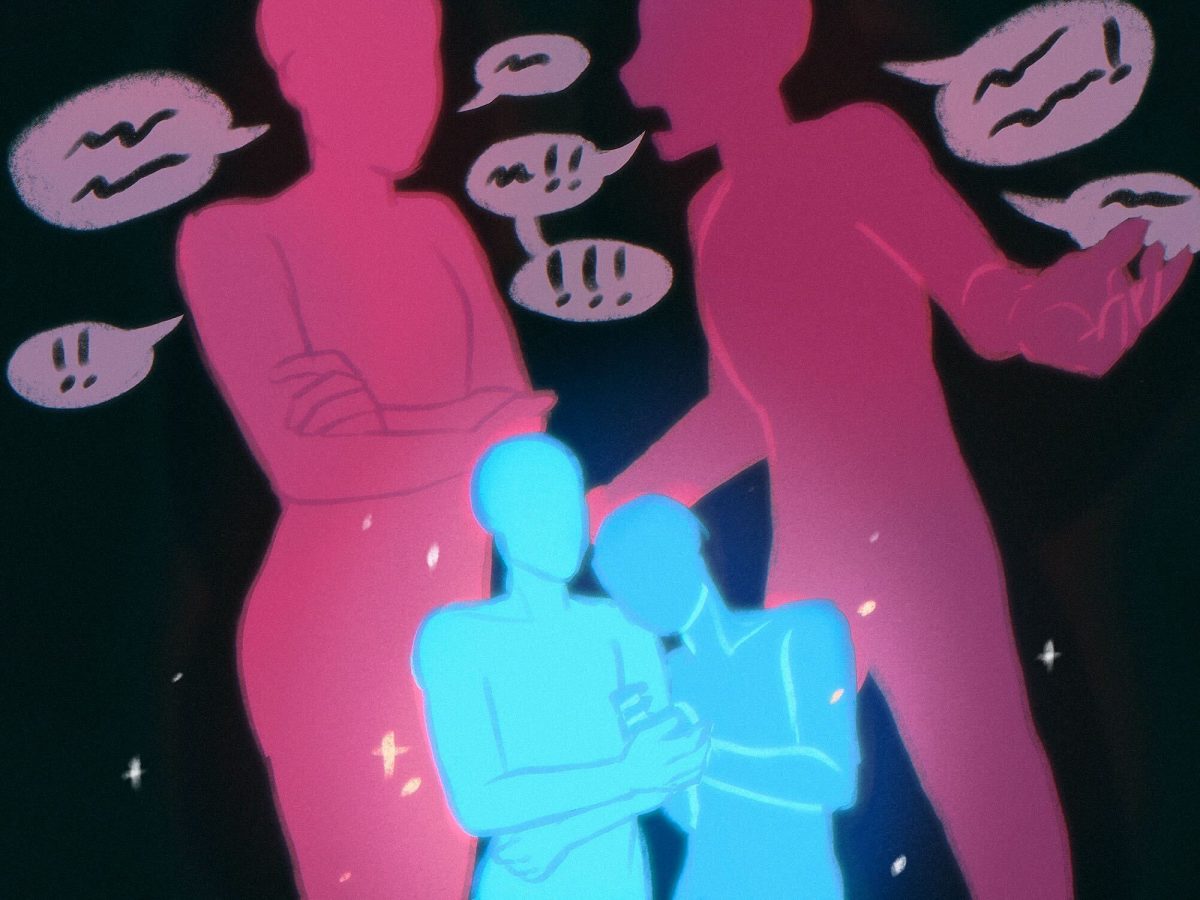A mural of the late Rep. John Lewis, who is remembered as a leading figure of civil rights activism in the United States, was vandalized Monday night at a restaurant in Cambridge.
Based on the values Lewis stood for — justice, equality and “good trouble” — this attack was likely rooted in racism. If there was some other intended message, it was lost in the unnecessary vandalism.
At this point, the actions of the vandalist can only be interpreted as racist. You send a very clear message when you choose to deface a mural of a civil rights icon. We like to think of Cambridge and the Greater Boston area as a whole — with its highly educated population — to be immune to such outdated ideologies, but we are routinely reminded of how incorrect that belief is.

It’s difficult to find a root cause for this act of hatred. Was this person angered over election results and evidence-less voter fraud? Did they have some vendetta against the restaurant that housed the mural? The message was unclear — besides its racism — so it didn’t achieve anything.
Destroying property is something citizens do when they feel they cannot be heard any other way. We saw that this summer with Black Lives Matter protests around the country.
But protests over racial equality push a clear message that it is a movement fighting for justice in place of hatred. Graffiti on a sidewalk or building, for example, is different from graffiti on a piece of art.
The Cambridge vandalist further proves why BLM protests are still necessary. The fight for equality is far from over.
Graffiti and other forms of vandalism can send powerful messages, but there are some boundaries that shouldn’t be crossed. In particular, damaging artwork is simply cruel.
A poster can be replaced. A wall can be scrubbed. But a mural is one of a kind. It is a part of a community’s culture. When you vandalize art, you vandalize not only the identity of the artist, but that of the community. Any form of argument you are trying to make is null. The only point you get across, especially in this situation, is hatred.
Vandalism has to be done in a strategic way to effectively communicate a message. The placement — on a busy sidewalk or a large wall — can grab people’s attention and force them to pay attention. Otherwise, it’s fairly easy to forget about.
Last year, Boston University’s campus was vandalized amid unrest in Hong Kong. It caught the attention of BU administration and students because of the prominent locations phrases such as “Xinnie the Pooh” and “Save the Uyghers” suddenly appeared. This graffiti caused a stir on campus and generated new conversation among peers.
Yet, it didn’t achieve much beyond the dialogue within our community. No true change was accomplished, which doesn’t mean protesting injustice in this way never works — but it should always be done with clear purpose so as to not be a waste of effort and cleanup resources.
Nonetheless, damaging public property is a more valid form of protest than private property. Governments can afford the repairs. But it is unfair to take your grievances — whether it be with government or society — out on someone’s personal artwork.
Graffiti and vandalism have a chance to grab people’s attention and prove a point. But defiling a piece of art that cannot be exactly replicated is counterproductive to whatever cause the vandal was hoping to achieve.
You can’t silence someone else’s voice because their message doesn’t align with yours. Make your own art and tell your own story — don’t destroy someone else’s.
















































































































